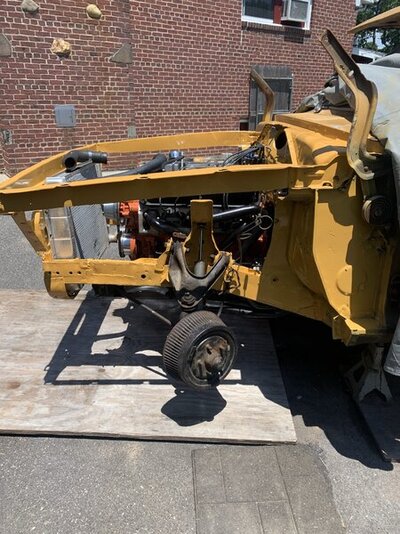@Dartswinger70 I try and sometimes people get pissed off at me. It is what it is….
You still can not increase C.I.D. through RPM!
You CAN cycle through it more per second. Making use of all 8 cylinders faster in this way is how he is saying “Increased CID” which is IMO, not the way to say it.
This is where people like the 340 better. The shorter stroke can rotate or/or cycle through all of its cylinders quicker. If you reduce the engine size via stroke, the engine will keep doing what the example is above quicker and so on and so on….
An excellent example of this is the older super stock racers running tiny displays hind screaming 5K+ off the line and buzzing 9K on the big end. Wait…. They do that now!
LMAO!!!!
Back in my youth, the 318 paper weight was for people moving and the 360 “DOG” motor was for big car people moving.
383’s (A big block that thinks it’s a small block) was the poor man’s big block and somewhat disrespected because the 440 rules the day.


















